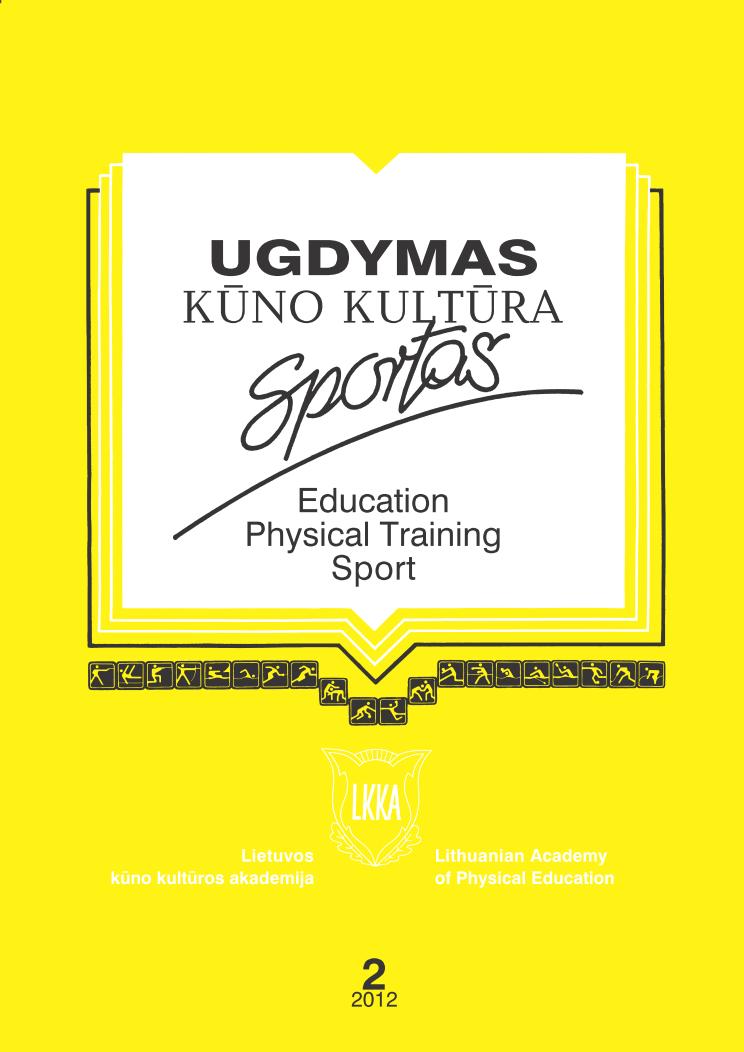The Influence of Cryotherapy on the Lower Limb Spasticity for Children with Cerebral Palsy
Abstract
Research background and hypothesis. Cryotherapy could reduce spasticity for children with cerebral palsy.
Research aim. The aim of this study was to determine the effect of cryotherapy on the lower limb spasticity for
children with cerebral palsy.
Research methods. Fourteen children with cerebral palsy spastic Diplegia aged 6–12 years were examined.
The procedures of cryotherapy and physical therapy were applied to children in the test group (n = 7), and only
physical therapy – for the members in the control group (n = 7). For all the subjects, the following procedures were
performed before and after the research: foot extension measurements, the determination of the spasticity of flexors
and selective foot motion, the estimation of balance and gross motor functions.
Research results. After physical exercises foot extension showed improvement, spasticity of foot flexors
reduced, foot selective movements, balance and gross motor functions improved. There was no statistical difference
between the results in both groups.
Discussion and conclusions. The influence of cryotherapy on the lower limb spasticity for children with cerebral
palsy was not statistically significant.
Keywords: spasticity, cryotherapy, physical exercises.
Downloads
Published
Issue
Section
License
Copyright (c) 2018 Baltic Journal of Sport and Health Sciences

This work is licensed under a Creative Commons Attribution 4.0 International License.






